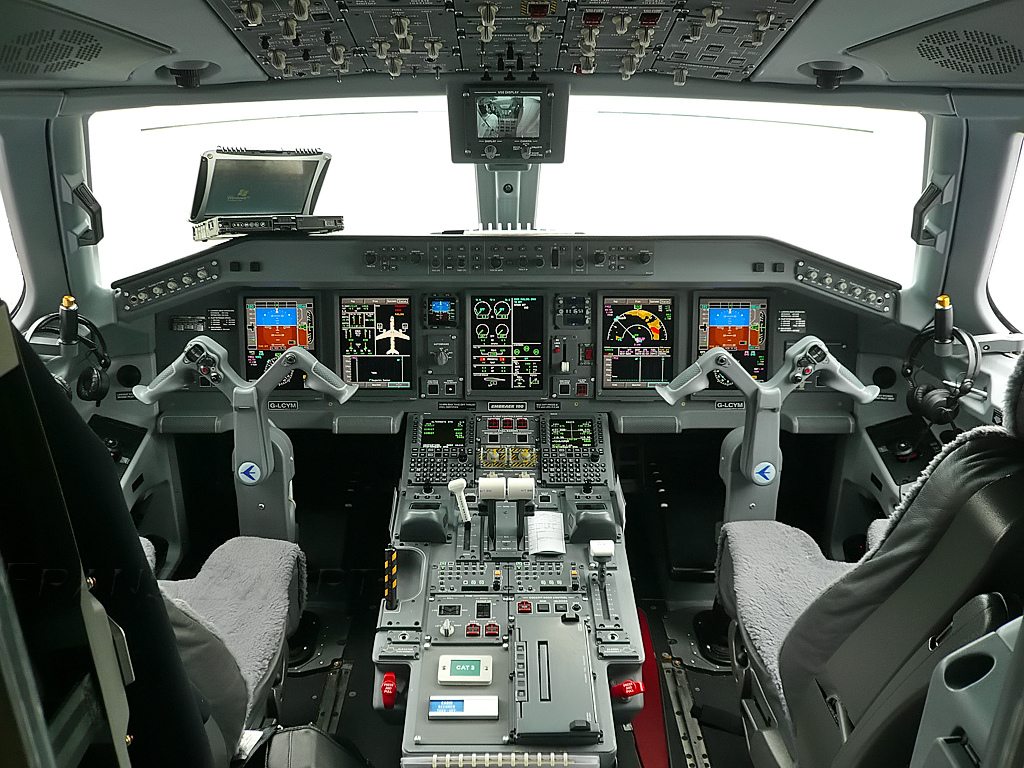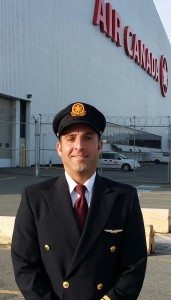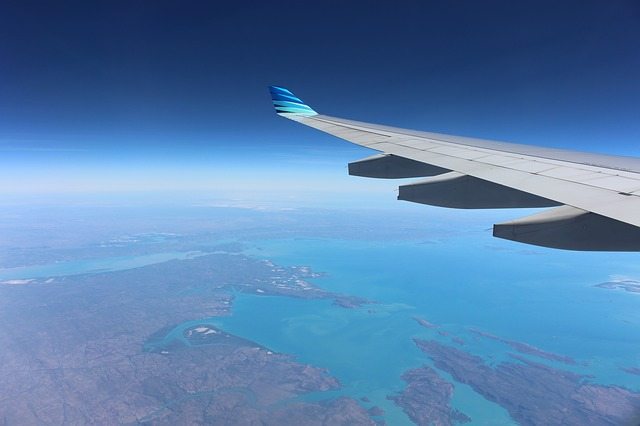
How Do Pilots Prepare For A Flight? Tales From the Cockpit
The modern miracle of flight is a wonder that often leaves even the most seasoned travelers with questions. This new column on Hayo tackles those questions we all have. Benjamin Kaplan is a Captain for Air Canada with almost 10 years of experience and 9000 flight hours. He flies an Embraer and, logically, is very well versed in the subject of aviation.
He’s going to answer questions that we and you, our readers, might have about the process of flying. After all, we know it’s not only about sitting on an aircraft to go from one place to the other. In that sense, the first question had to be the most simple, yet usually misunderstood by the general population. If you have a question you’d like us to answer, post it in the comments below or send it to info[at]hayo[.]co. We’ll be happy to help you understand better what you go through when you fly!
Thank you, Ben for agreeing to answer these questions. We would like to know first an apparently simple thing, yet unknown to us: How do pilots prepare for a flight?
That’s a good question. Many people believe the only responsibility of a pilot is to fly the aircraft, but in reality our job starts long before the flight. Usually, I arrive at the airport hours before a flight. Both pilots analyze the route and the flight details that the flight dispatchers have prepared. We monitor the weather conditions, plan the amount of fuel required (confirming we carry a sufficient amount for unforeseen situations), check and analyze the paperwork, confirm the altitude and speed are correct, and discuss any alternative plans that may be required depending on specific circumstances that may arise.
In the case any modifications need to be made, we generally have a phone conversation with flight dispatch to go over details of the flight plan and confirm any and all discrepancies have been thoroughly dealt with. The Captain is the leader of the flight and cabin crew. Preflight briefings are imperative to confirm that everyone is aware of their particular responsibilities. Safety, schedule, and comfort are the three key elements of any flight. Any final decisions that need to be made are the ultimate responsibility of the Captain after detailed discussion with the crew.
After a detailed analysis of the flight plan by all pilots is complete and all aspects of the flight have been discussed and agreed upon by the flight crew, we make our way to the aircraft. A physical inspection the aircraft is the next step of pre-flight preparation. The Captain will delegate this task to the First-Officer or any augment pilot that is part of the crew or he may decide to complete the inspection on his own. Generally the Captain has another crew member perform this task so that he/she can brief the cabin crew with regards to details of the flight. The last step in preparing the aircraft for any flight is to program the aircraft’s flight management system, review several emergency procedures, and commence communication with company operations and air traffic control. Two hours of detailed work are performed before any aircraft pushes back for departure.
What happens if the weather conditions change during the flight?
The weather is in a constant state of flux on our planet and is, therefore, an extremely important part of our pre-flight planning. We rely heavily on aviation weather forecasts and current conditions to determine our route between destinations. Having said that, weather forecasts are not always accurate and we must always prepare several alternative routes and plans. In some cases, we discuss and possibly plan for diversion airports depending on several different rules and regulations that can be company and country specific. Once we are airborne we are constantly communicating with Air Traffic Control, our company dispatch, and other aircraft in the air to determine what the actual conditions are on our route of flight. One of our biggest concerns is thunderstorms. We have a weather radar system onboard our aircraft and can actually locate and see possible hazardous weather several hundred miles ahead of us. This tool is of great help to us but sometimes can render incorrect results depending on the type of weather ahead and we must analyze the results with caution.
If we determine that there is hazardous weather ahead, using all of the resources that I have previously mentioned, we will liaison with ATC to determine an alternative route around the weather. In some instances, ATC cannot provide us with our requested deviation due to air traffic demands. Ultimately the pilots are responsible for keeping the aircraft out of harmful paths and may declare an emergency if ATC cannot accommodate their requests, however, this is usually a last resort. Throughout the flight, we also monitor the weather at our destination and diversion airports. Weather analysis is an extremely important aspect of our job. We must always be prepared and expect the unexpected.
In some cases, the best decision is to turn the aircraft around and return back to the departure airport. As an anecdote, my father was also an airline pilot for 40 years from the 60’s to the late 90’s. He used to work for CP Air and was covering the route Vancouver – Honolulu. On this particular day, their flight route had them flying at an altitude where the winds were very strong and moving in the opposite direction they were headed. Once airborne, however, the winds were much stronger than forecast and what they had anticipated and planned for. They requested altitude changes but were denied due to other aircraft traffic. They continued toward Honolulu at this altitude for 4 hours. After close monitoring of their progress and fuel remaining they had no choice but to turn around and return to Vancouver. They touched down in Vancouver 1 hour later!
Photo: Franz Zwart









